In many garden sites, small multicolored flowers that have a bizarre form can be found, something like a small animal resembling a "muzzle". These flowers in the people were called "Pansies". Among the gardeners are other names of this plant - "Garden violets", "Viol flowers". Next, we will tell you more about all the wisdom associated with attractive bright flowers by pansies, as well as on planting and leaving for this culture.
Culture characteristics
The genus of the garden has more than 500 flames. Belongs to the family of violet. This includes one-year and twilight and perennial culture. This extensive group includes a variety of cultural varieties. Each of them has its own distinctive features. On average, the height of this plant varies from 14 to 31 cm. The dimensions of the flowers themselves reach 3-8 cm.
These colors grow mainly in the form of a small bush. Initially, it has a compact form, and over time he grows, new shoots appear. Further, after the process of vegetation, the plants dissipate their seeds. These flowers are grown both in the pots of the house and in the open soil. You can easily and simply grow pansies from seeds, as this culture is not particularly demanding to care. The most common variety of colors is a tricolor violet. It blooms almost all summer, and her bloom begins very early - even in early May.
Color coloring is very diverse. There are both gently white flowers and velvet copies of a blue-purple shade. The middle of any flower is a small stain having an original bizarre form. It was the name of the "peephole".
Culture varieties
- Tricolor Viola (Viola Tricolor) - refers to wild cultures. It grows mainly in wet acid or neutral soils. Her bloom can be seen on the meadows, in forest ravines. This culture is one-year or twilight, however, sometimes blooming can be a little longer. This flower in the people has the name "Wild Pansies". It grows in the form of a small magnificent bustle, the height of the reaching 14-16 cm. It blooms from April and before the beginning of autumn. Leaflets in this violet have a pointed form. They are collected in a beam at the base of the plant. The diameter of the flowers themselves reaches 1,1,6 cm. Flowers are blue, purple, bright yellow and white.
- Viola horned (Viola Cornuta.) - Perennial culture. It is often grown in the gardens and in the country areas, since she can delight with their bright bloom for many years. However, to maintain this plant in the winter period requires special care, otherwise the flower may die. Viola Cornuta (Cornuta) - subspecies of Horned violet. It has a small "arrow", located on the back of the plant. Flowers of this variety are larger than in wild violets and reaches 4-6 cm in diameter. Colors are different - from gently white, to bright red, orange and purple. This violet has a pretty pleasant aroma. It can be grown both at home and on the open soil.
- Viola Wittrock (Viola Wittrockiana) - hybrid variety. It is also called "garden pansies". This variety is the most popular. It is grown both in garden sites and at home. Grows in the form of a straight bush. In height, the plant can reach 29 cm. Leafs have a semicircular shape with teeth at the ends. Plant flowers are quite varied both in shape and color. The size of flowers can reach up to 10 cm in diameter. Shades from bright yellow to violet. Often there are instances that have non-monotonic, but colored petals, with different intersions and stains.
- Viola Williamsii (Viola Williamsii) - hybrid variety. The stalks of this species can reach 32 cm. But the pansies of this variety are blooming with small flowers, not more than 2-4 cm. The color palette of these flowers is different from white to blue. The characteristic distinction of this variety is that the flowers have no familiar "face", which has all the pansies.
- Viola Sororia (Viola Sororia) - a perennial plant. Grows in the shape of a bush. Reaches a height of up to 21 cm. Flowers in the late spring. Flowers in diameter reach 3 cm. Preferential shades of colors - blue and purple. However, there are varieties of flowers of white and yellow shade. Mostly, this variety is used in the design of garden compositions.
Landing: Pansies Pansies
These flowers can be grown as one and a few years in a row. It depends on the climatic conditions in the region. Some varieties of VIOL are sufficiently frost-resistant, but even it is not always possible to resist the frosts inherent in the northern regions of Russia. Especially sensitive to weather conditions are those flowers that were planted at the later dates.
Do not love pansies and the spring period thaw when the snow is intense. Therefore, in order to reduce all adverse factors that can prevent the cultivation of viol, they should not be planted in lowlands or in those places where dampness can accumulate. In addition, in the winter period, the flower must be bought by a special material that can save heat and maintain a normal temperature mode. Usually early in the spring of flower beds with landfills are covered with film.
Considering that these flowers are warm-loving, they are recommended to land in places where sunlight is doing well. If you plan them in a half, then the flowers of the plant become small and the period of flowering is significantly reduced. Growing on solar pools, the violes bloom with large and bright flowers.
For plant planning, loamy and neutral soils are suitable. You can grow pansies by landing into an open ground or by pre-extinguishing seedlings from seeds. Flowers are good for those sites, where other cultures from the violet family were planted. And often they grow independently, without additional "help." However, it should be borne in mind that as a result of such self-saming and recovery, dimensions and painting of flowers during flowering can change. If you wish to eliminate cross-pollination of plants and keep the variety of Viol in pure form, then seedlings are recommended to plant at a certain distance from each other.
You can collect seeds on your site or buy from gardeners. To make it yourself, it is recommended to wait until the flowering period passes, and the boxes with plant seeds will yellow. They collect them before the boxes crack and themselves spray seeds along the site.
Planting seeds on the site is carried out at the beginning of summer. Abundant bloom of pansies begins for the next year after disembarking. Seeds planted at a distance of 25 cm from each other. Sow rows. Pre-prepare the ground for landing.
Methodology of growing seedlings:
- Seedlings should be grown at the beginning of spring. For this, the seeds are placed in small containers.
- Soil for seedlings is treated by manganese. Pre-seeds are wetted in water. Tar with seeds are placed in a plastic bag.
- Further containers in the packages are placed in a warm place.
- When sprouts will be processed, the container with seeds is transferred to the windowsill. Next, the sprout is picked and transplanted into a separate glass.
- In early May, seedlings hardened. So, it follows it for a while on the balcony.
- In the open soil, seedlings are planted in early May.
Move pansies can also be studied by the method. To do this, choose the strongest copies of the culture, cut off with them, and then planted them into the ground. Each cutlets from above are covered with a jar. After the seedlings are growing, they are transplanted to bed.
Plant care
Due to the peculiarities of its root system, the flower requires special attention and care. The roots are located on a rather small depth, which is why they need regular irrigation. Of course, if the summer is not quite arid, then rain irrigation will be quite enough, otherwise the plant is better to pour. It is possible to feed it no more than once a month. To do this, use an ammonium nitrate or superphosphate at the rate of no more than 30 grams. 1 M. 2.
One of the main directions of the care of "Pansies" is the struggle with weeds, diseases and pests. Weeds, sucking all nutrients from the soil, can greatly harm the plant during its active growth. Therefore, they need to be removed regularly, especially after watering or rain, when the growth of weeds is always activated. It is also necessary to remove dried flowers on time so that the latter do not slow down the growth of healthy shoots.
Fighting diseases mainly lies in the right plant care. Timely irrigation, landing into suitable soil, weeding and feeding reduce the risk of culture and its death.
The most common illness, which is sick of this type of violet is mildew. It manifests itself in the form of a white or grayish plaque on the leaves, stems and even the colors of the plant. The main reason for the development of torment dew is the irregular regime of irrigation and feeding of "Pansies". In particular, gardeners may be faced with such a problem, which are too abused by nitrogen fertilizers. The method of combating this disease is only one - to treat the leaves of violet with a solution of economic soap and soda calcined. You can also add flower treatment with a solution of sulfur ground.
From the representatives of the fauna, the caterpillar's pansies, which the leaves eat the leaves of the plant with pleasure eating. If this problem is not solved on time, then they can destroy all the flower in days. You can fight pests by spraying. To do this, you need to buy a special preparation for a certain type of pest. Of course, it is possible to make a solution for spraying yourself. To do this, it is necessary to insist tobacco on the water and carry out the processing of this tincture. Also, a good result will bring chlorofos. However, it is still better to choose a special insecticide under a certain pest.

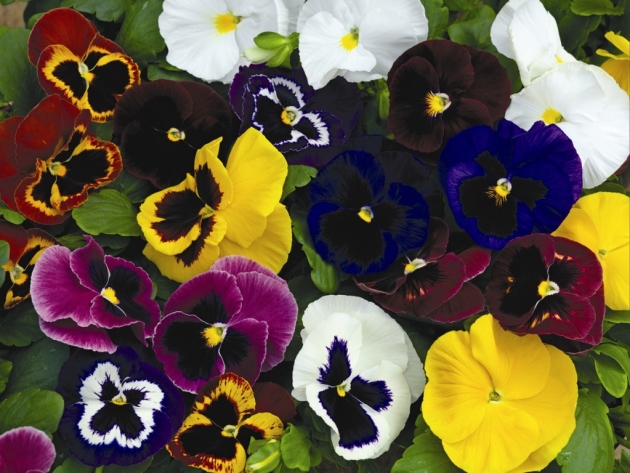
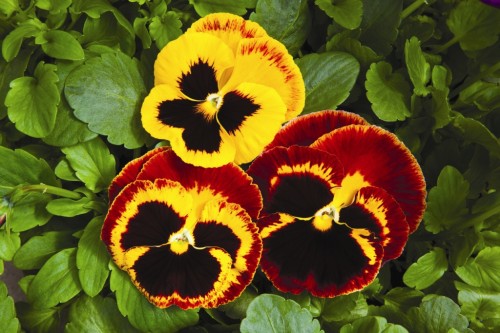
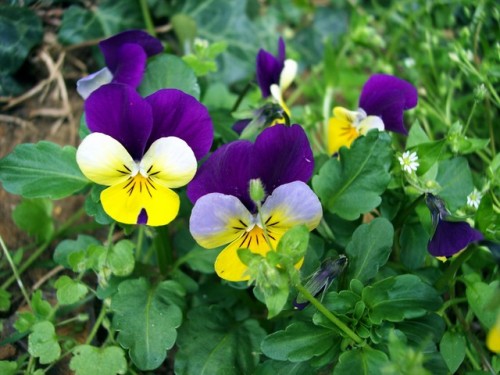
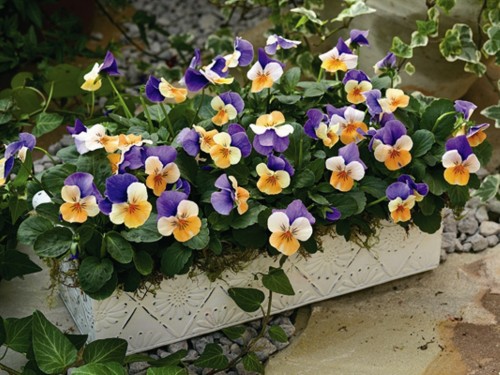
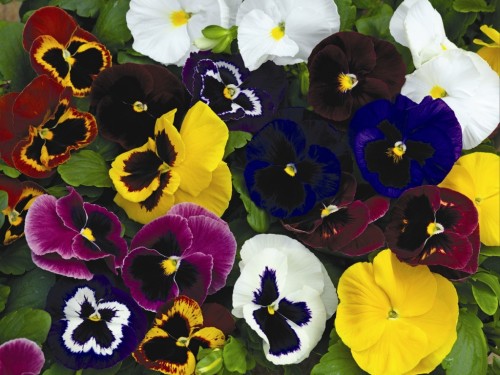
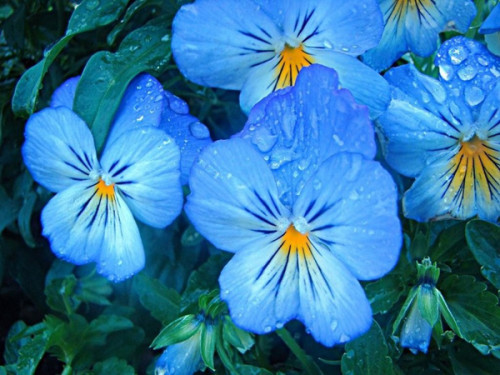
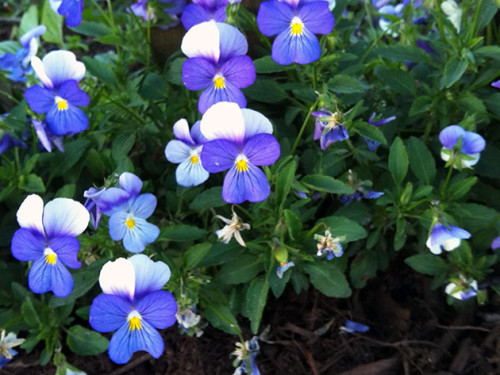
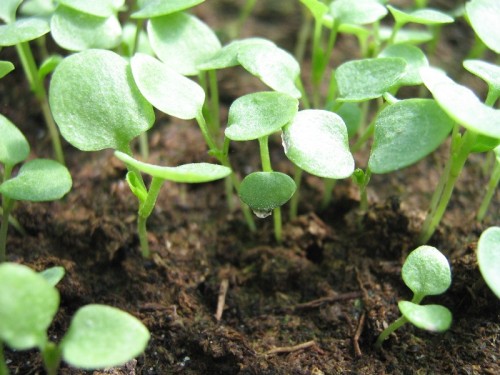

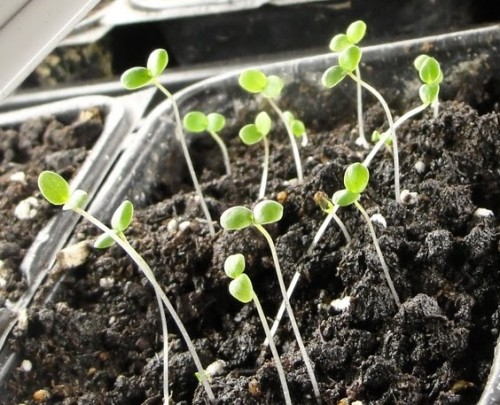
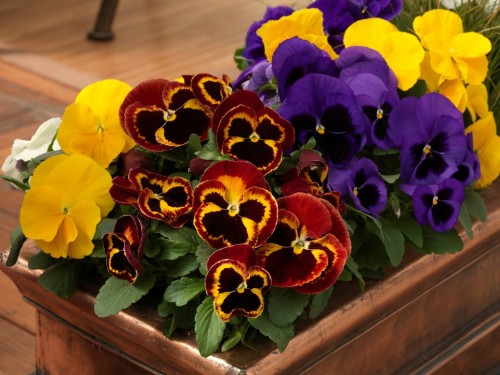
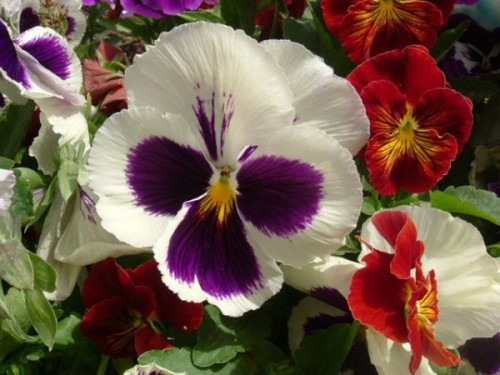
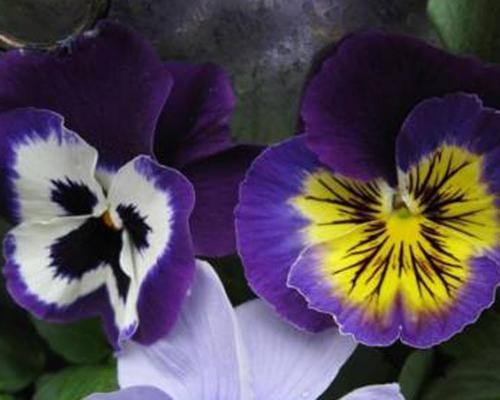
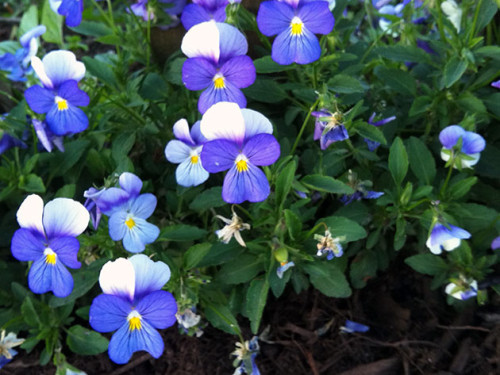












 Start a discussion ...
Start a discussion ...